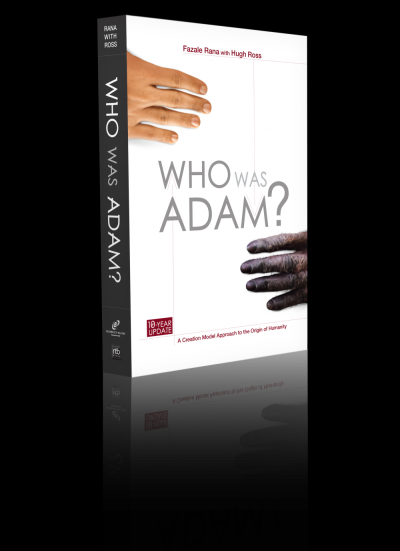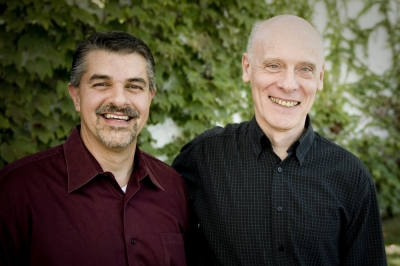Were Adam and Eve Real? New Anthropological Evidence in 10-Year Update to Book (Interview)

Ten years after publication of Who Was Adam? by Fazale Rana and Hugh Ross, 13 new chapters detail the new scientific evidence on the origins of humankind in a second edition.
Rana and Ross are scholars affiliated with Reasons to Believe, which also published the new edition of Who Was Adam? RTB works to spread the Gospel by showing how science supports the truths found in Scripture. Rana and Ross both have doctorate degrees in the physical sciences, biochemistry and astronomy, respectively.
Unlike most second editions, this one leaves the original edition alone and adds the new chapters onto the original.
During an interview with The Christian Post, Rana explained they did it that way for transparency. Readers can compare their initial predictions with the decade of scientific research that came after that. Rana and Ross also use the additional chapters to respond to the critics of their first edition.
Rana also describes where he, and RTB, fit among the diverse viewpoints of the so-called "creation versus evolution" debate, and provides his thoughts on the discovery of Homo naledi, which was announced shortly after publication of Who Was Adam?
The following is a lightly edited transcript of that email interview:
CP: When the first edition of Who Was Adam? was published 10 years ago, what was your goal, and, looking back, how have you done?

Rana: With the first edition of Who Was Adam? we wanted to demonstrate that a scientifically rigorous case could be made for the traditional biblical view of human origins.
Many people, including Christians, believe that there is overwhelming evidence for human evolution. In light of that evidence, they feel as if they have no choice but to abandon the biblical view of human origins and accept the reality of human evolution. The problem with this approach is that it's impossible to reconcile the biblical account of human origins with the notion of human evolution.
The good news is that there is scientific evidence that suggests Adam and Eve were real people, and that all of humanity arose from a primordial pair. A growing number of anthropologists embrace the idea of human exceptionalism — an idea that comports with the biblical notion that human beings are uniquely made in God's image. There is an explosive appearance of sophisticated behavior, including artistic and musical expression, that coincides with the appearance of modern humans.
CP: What's new in this new and expanded edition?
Rana: A lot has happened in anthropology over the last decade since Who Was Adam? was first published. We thought it would be a good idea to see how our original ideas stood up to these advances.
We also thought this updated edition would be a good place to respond to critics of our creation model. For the sake of transparency, we left the original book intact and added over 150 pages of content.
CP: Within the "creation versus evolution" debate, there are a variety (more than two) of viewpoints. For Christians who don't follow the debate closely, it can be confusing. What are the most important points you would like Christians to understand about your own position?
Rana: The position we espouse in Who Was Adam? is called Old Earth Creationism. We think that the days in Genesis 1 are long, finite periods of time. Because of this view, we accept the scientific dates for the Earth's age and life's antiquity.
But we are Creationists. And as such, we are skeptical that evolution can account for life's origin, history, and design. We reject human evolution and believe in a historical Adam and Eve.
CP: In Chapter 3 you write that with your model, "creation is testable. The concept of creation has entered the scientific domain." Why is that important for your readers to understand?
Rana: Whenever a scientific case is presented for God's existence and Scripture's reliability, skeptics will often reject those arguments by asserting that they are outside the bounds of science. They use this objection as an excuse to ignore the scientific case for the Christian faith. By formulating the story of humanity's origin in scientific terms, replete with testable predictions, it forces skeptics to engage the powerful scientific evidence for Christianity.
CP: After the book was published there was an announcement of a major archaeological find, Homo naledi, in South Africa. What, if anything, from that discovery would you have included in the book if the news had come before publication?
This hominid is just another in a long list of recent fossil finds that have forced anthropologists to rewrite the human evolutionary story. Every time a new hominid is discovered, it throws the evolutionary paradigm into chaos, and H. naledi is no exception.
If a scientific theory is a good one, new discoveries should provide affirmation and greater clarity. On the other hand, if new discoveries continually shake up the human evolutionary tree it is a sure sign that the evolutionary paradigm is in trouble.





















